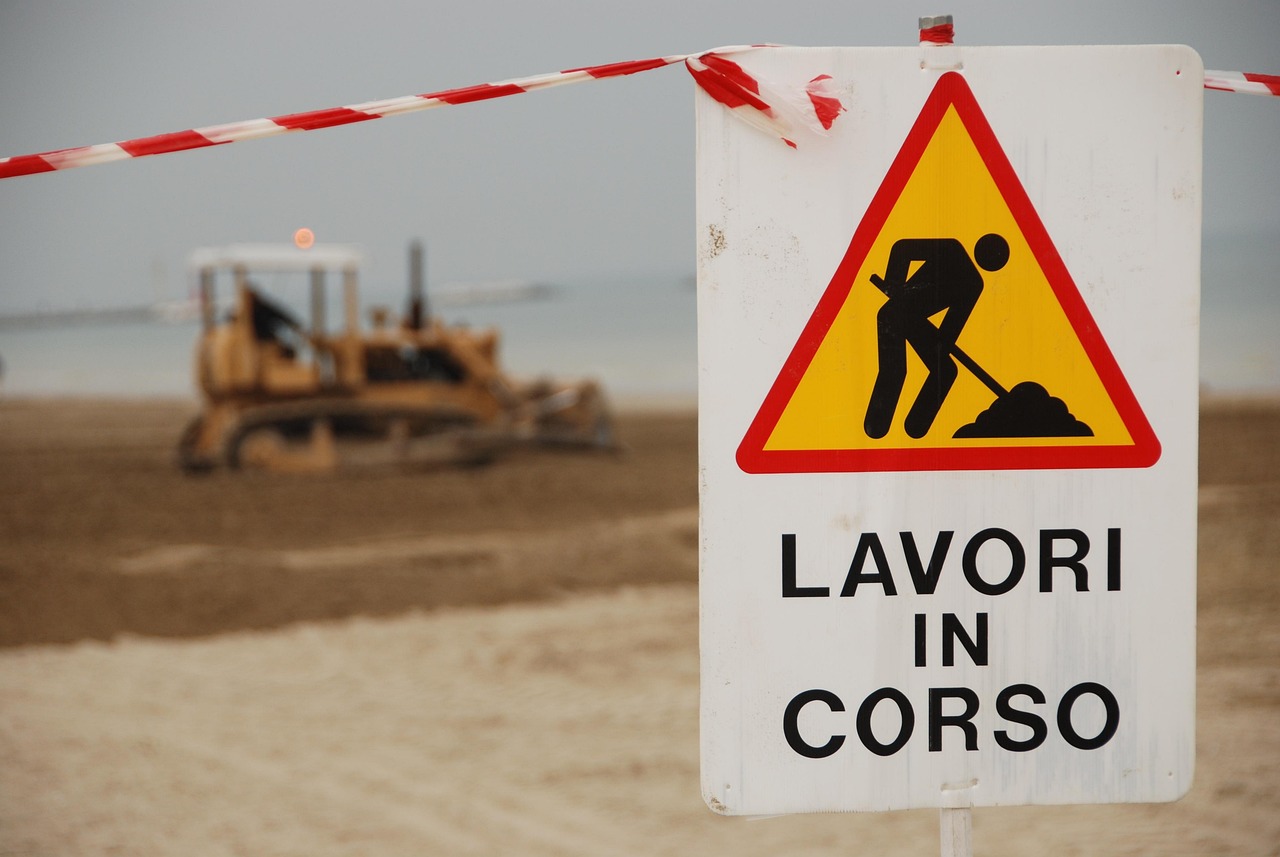
Polyvagal theory trauma recovery
In the intricate realm of psychology and trauma recovery, the polyvagal theory emerges as a groundbreaking framework that offers profound insights into our physiological responses to stress and trauma. Developed by Dr.
Stephen Porges, this theory presents a nuanced understanding of how our nervous system adapts to threats and how such adaptations can be pivotal in trauma recovery. The polyvagal theory not only illuminates the pathways of trauma but also underscores the importance of fostering safety and connection in healing. At the core of the polyvagal theory is the concept of three distinct states of the autonomic nervous system: the ventral vagal state, the sympathetic state, and the dorsal vagal state.
Each of these states represents a different level of engagement with the external world. The ventral vagal state is associated with feelings of safety and social connection, the sympathetic state is linked with the fight-or – flight response, and the dorsal vagal state is often related to immobilization in the face of overwhelming threats.
Understanding these states is crucial for comprehending how trauma affects individuals and how they can be guided toward recovery (Stephen Porges, 2023).
Safety and Co – Regulation in Healing
One of the fundamental insights of the polyvagal theory is the critical role that safety plays in the process of healing from trauma. Trauma often disrupts an individual’s sense of safety, leading to a persistent state of hyper-arousal or shutdown.
Dr. Porges emphasizes that the pathway to healing lies in restoring a sense of safety, which is often facilitated through co-regulation with others in the context of trauma recovery. Co-regulation occurs when an individual interacts with others in a way that helps them to regulate their own nervous system responses, fostering a sense of calm and security (Porges, 2023).
The importance of safety is further emphasized by the need to distinguish between feeling safe and being safe. While external circumstances might suggest safety, an individual’s internal state may still be in turmoil, especially regarding trauma recovery.
Therapeutic practices informed by the polyvagal theory aim to bridge this gap by helping individuals to both feel safe and be safe, thereby creating a fertile ground for healing and growth. This approach highlights the importance of relational contexts and environments that support the regulation of the nervous system (Porges, 2023).

Polyvagal theory trauma recovery
Applying the polyvagal theory in therapeutic settings involves several practical strategies aimed at regulating the nervous system and restoring a sense of balance. One such strategy is the use of slow, deep breathing techniques, which can help to activate the ventral vagal system and promote a state of calm.
Visualization techniques and mindfulness practices also play a significant role in helping individuals to reconnect with their bodies and emotions, facilitating a process of healing from within, particularly in trauma recovery. Furthermore, social engagement forms a cornerstone of polyvagal-informed practices. The theory suggests that positive social interactions can enhance the functioning of the ventral vagal system, reducing the impact of stress and trauma.
This underscores the importance of nurturing social connections and supportive relationships as part of the healing journey (Porges, 2023).
Polyvagal theory emotional responses
The polyvagal theory also provides an evolutionary perspective on how our physiology has adapted to detect psychosocial cues. Dr.
Porges explains that humans have evolved to be highly sensitive to signals of safety and danger, which are often communicated through facial expressions, vocal tones, and other non-verbal cues, especially regarding nervous system, particularly in polyvagal theory in the context of trauma recovery, particularly in nervous system. This evolutionary perspective helps to explain why certain environments and interactions can trigger intense emotional responses, even when they seem benign on the surface. Recognizing these cues is pivotal in trauma recovery, as it allows individuals to become more attuned to their own bodily signals and the signals of others.
By enhancing this awareness, individuals can better navigate social environments and foster interactions that promote healing and growth. This aspect of the theory underscores the interconnectedness of our social and physiological experiences, offering a holistic approach to understanding and overcoming trauma (Porges, 2023).

Polyvagal Theory Trauma Transformation
The ultimate goal of applying the polyvagal theory in trauma recovery is not merely symptom management but transformation. By fostering a deep understanding of the body’s responses and creating conditions for safety and connection, individuals can embark on a journey of profound healing.
This transformative approach moves beyond traditional therapeutic models, offering a comprehensive framework that addresses the root causes of trauma and facilitates lasting change. In conclusion, the polyvagal theory provides valuable insights into the complex interplay between our nervous system and experiences of trauma. By emphasizing the importance of safety, co-regulation, and social engagement, it offers a pathway to healing that is both scientifically grounded and deeply humanistic.
As we continue to explore the applications of this theory, it holds the promise of transforming the landscape of trauma recovery and enhancing our understanding of the human experience (Porges, 2023).





